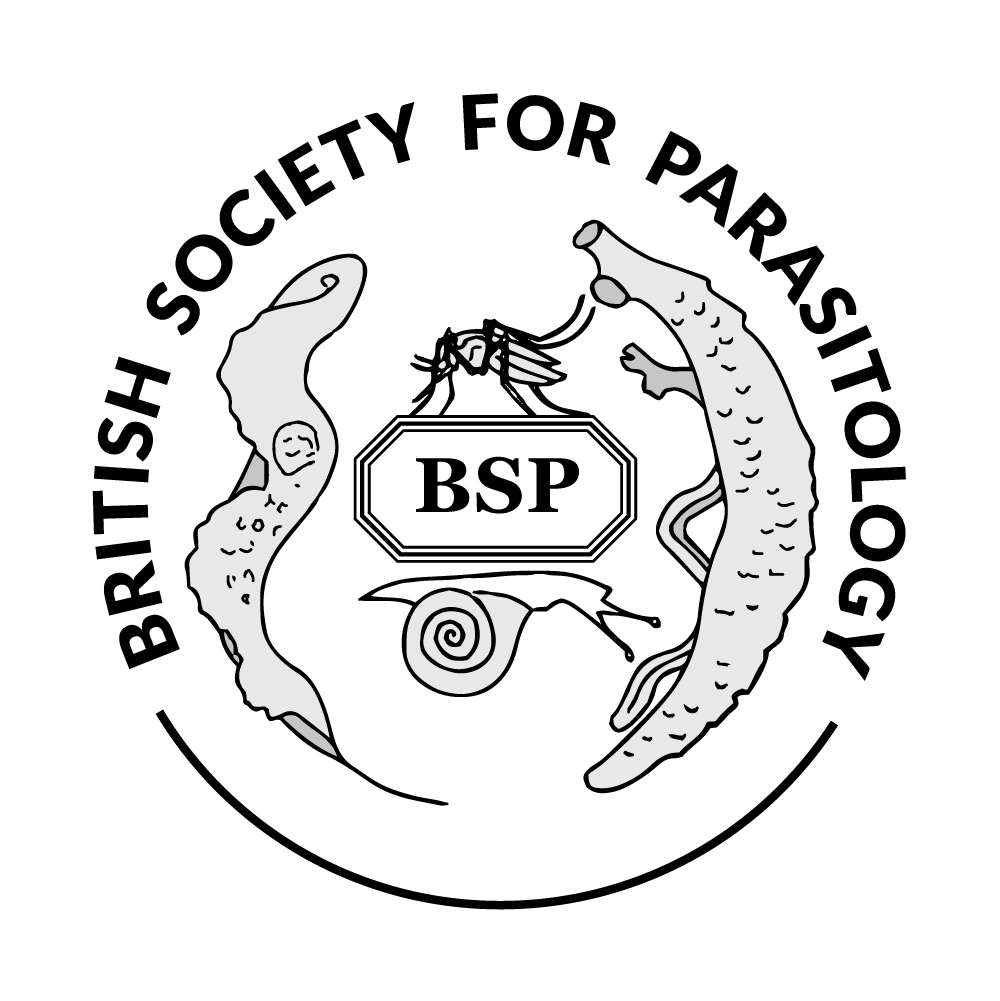Authors
BR Carvalho1; RS Araújo2; D Kluyber3; BL Araújo4; MA Lallo4; 1 Universidade Paulista - UNIP, ; 2 CETESB-Companhia Ambiental do Estado de São Paulo, Brazil; 3 3ICAS - nstituto de Conservação de Animais Silvestres, Brazil; 4 Programa de Patologia Ambiental e Experimental, Universidade Paulista (UNIP), Brazil Discussion
Microsporidia are opportunistic, emergent fungi that infect an exceptionally diverse group of hosts, including vertebrates and invertebrates. Among the more than 1,500 species identified, 17 were described as potential zoonoses in immunosuppressed and/or immunocompetent vertebrates. These pathogens have been identified in several domestic and wild mammals, however they have not yet been described in individuals of the order Xenarthas. This order of mammals includes animals that harbor and transmit various pathogens, acting as important sources of infection for the spread of some zoonoses. The aim of this study was to analyze the occurrence of zoonotic microsporidia Encephalitozoon cuniculi, E. intestinalis, and Enterocytozoon bieneusi in the feces of giant armadillos (Priodontes maximus) and giant anteaters (Myrmecophaga tridactyla) monitored on highways by the Giant Armadillo Conservation Program . Forty-four fecal samples were subjected to thermal shock (cold and heat) and then subjected to DNA extraction with the QIAamp fast DNA stool mini kit (Qiagen), according to the manufacturer's recommendations. The DNA was amplified by polymerase chain reaction (PCR) with generic primers and the product generated from this reaction was submitted to Nested PCR with specific primers: EBIEF1/EBIER1 for E. bieneusi; ECUNF/ECUNR for E. cuniculi and SINTF/SINTR for E. intestinalis. Of the 5 samples collected from Priodontes maximus - giant armadillo, none was positive for microsporidia. However, of the 38 samples of Myrmecophaga tridactyla - giant anteater analyzed, one was positive for E. intestinalis, one of the most described zoonotic species of microporidioses. It was an anteater cub, male and with no report of diarrhea, corresponding to the first report of microsporidiosis by E. intestinalis in a giant anteater. 
